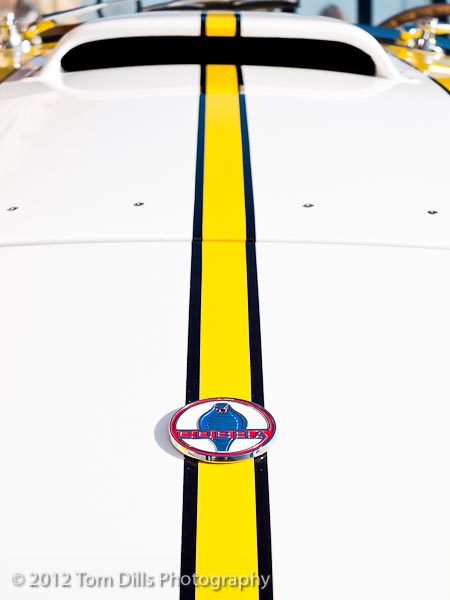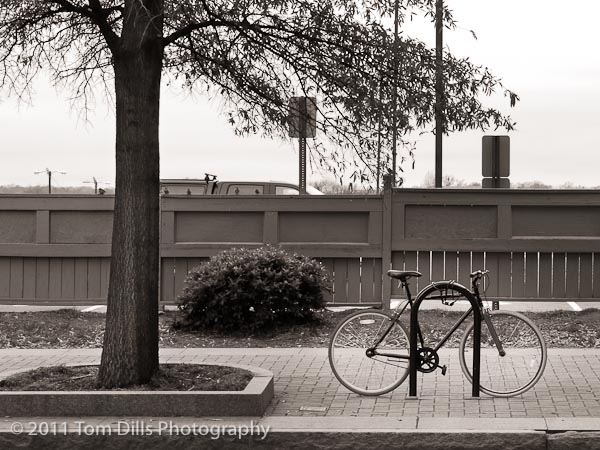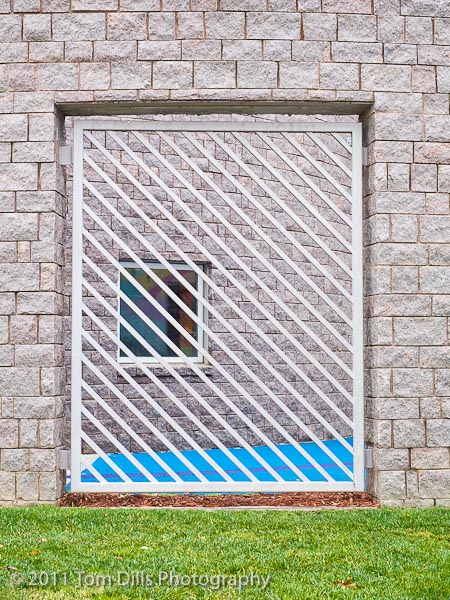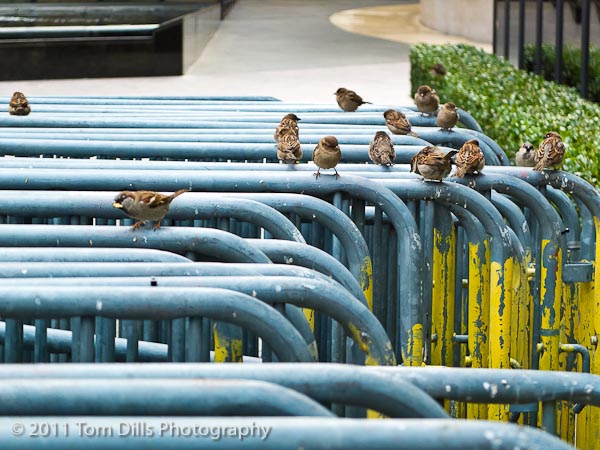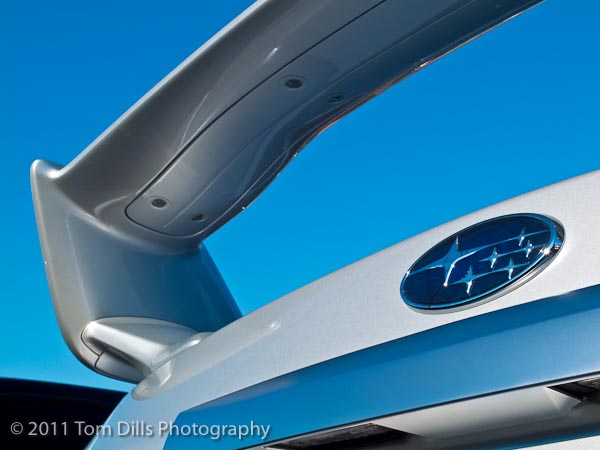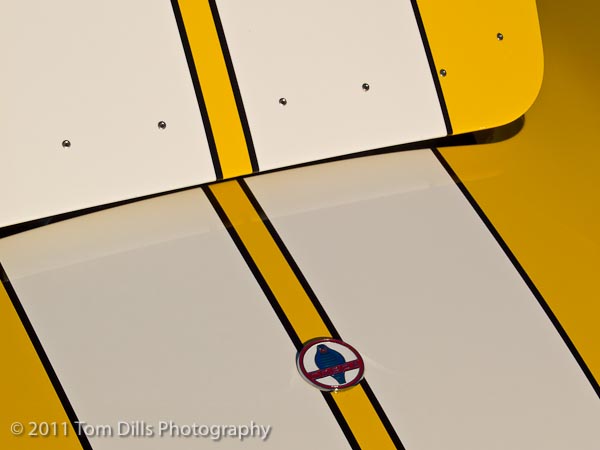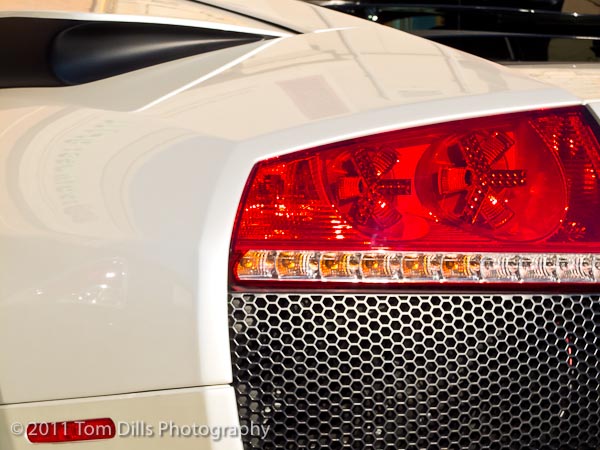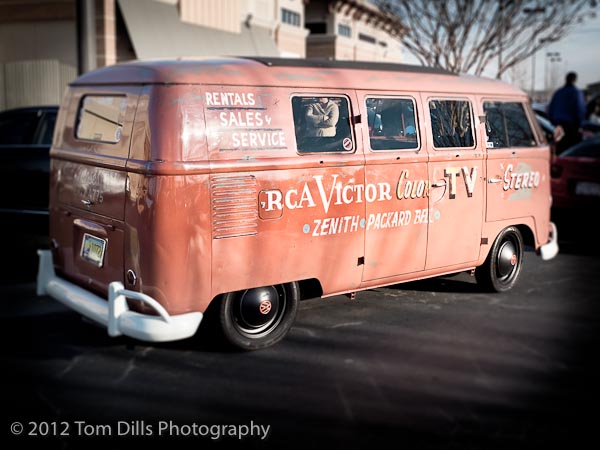
As many of you know I’ve been shooting with a Fuji X10 since early in December. There’s been just one problem. Amazingly, I’ve dropped it…twice…on the ground…onto hard asphalt. It still works!
I’ve never dropped a camera or lens before – ever – but for some reason I can’t keep this one from obeying gravity (it’s the law, after all). Both times were in almost exactly the same place doing almost the same thing. I’ve recently been using a wrist strap on both my G12 and my X10, and both times this happened I have been wearing gloves and was in the process of taking them off when the strap came right off my wrist with the glove despite my thinking that I had a good hold on the strap.
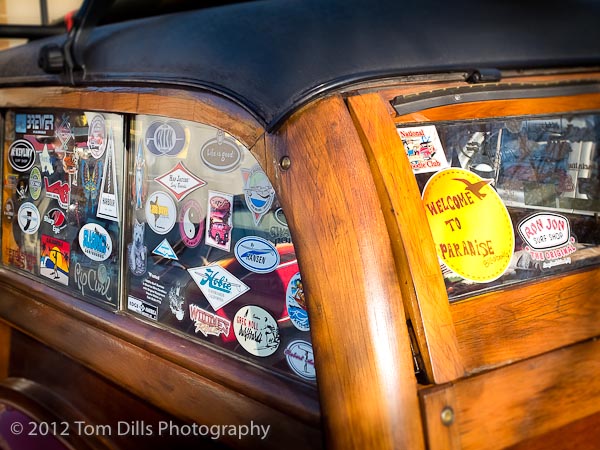
The first time this happened I had the camera for only two days. I think it must have hit my foot or something because it got scratched in a couple of places. And just yesterday it landed lens-down and ruined my brand-new, very elegant lens hood that I got for Christmas. But I think that probably saved the camera. I may be able to straighten the hood and make it workable, but it is made of pretty tough metal and has pretty close tolerances, so I’ll probably be better off to buy a new one. Crap. But the camera lives on!
It’s obviously a durable little camera, since other than a few scratches – now a few more scratches – it has been working great. It’s a wonderful camera to use and I really like shooting with it a lot. The manual twist-zoom makes very precise for composition, especially compared to the little lever zoom thing on the G12. I had been looking forward to putting it on a tripod and doing some landscape shooting with it, especially when the lens hood doubles as a filter holder so I could add a polarizer. I’m not sure I can make that work now, it will just depend on how well I am able to straighten it out.
Since it’s “winter” here, I’ll probably be shooting with gloves on for the next few months, so I think I’m going to have to come up with a better way to make costume changes!
